Last updated on February 11th, 2025 at 11:52 am

Vertigo is a sensation of dizziness in which you feel as if your surroundings are spinning. You will feel an imbalance, and there is always a risk of falling down and getting injured.
In this article, we will learn an effective body positioning strategy known as the Semont manoeuvre. We will learn the exact steps of this manoeuvre and how it helps restore a sense of balance and enhance the quality of life.
Understanding BPPV
Among various forms of vertigo, Benign Paroxysmal Positional Vertigo (BPPV) is the most prevalent, accounting for 17% to 42% of all vertigo cases1. The symptoms of BPPV include:
- A feeling of lightheadedness.
- Feeling as if the surroundings are spinning.
- Sometimes, it is associated with nausea and vomiting.
- The characteristic that separates BPPV from other vertigo is a brief spinning sensation, which usually lasts less than 1 minute.
- It is generally induced by a change in head position with respect to gravity1. For example, when waking up and lying in bed in the morning. When feeling dizzy, the person should sit down as he may lose balance and fall, hurting himself.
However, BPPV can be effectively treated with vestibular rehabilitation therapy and a simple technique called the Semont manoeuvre, which involves a series of positions.
In this article, we will examine the Semont manoeuvre in more detail and how it can help alleviate the symptoms of BPPV vertigo, allowing people to regain their sense of balance and quality of life.
The Anatomy Behind Vertigo
One important cause of BPPV is when tiny calcium crystals become dislodged from their usual position in the inner ear and float into the semicircular canals.
This causes a disturbance in the vestibular system that sends postural balance signals to the brain, and one feels dizzy.
To better understand the cause, let us start with a bit of internal ear anatomy.
Our internal ears have semi-circular canals, a very sensitive fluid-filled organ that plays a crucial role in balancing our body. Observe how easily we stand on two legs without falling.
We walk, run, and do complex activities, all requiring maintaining postural stability and balance. You might also have observed we feel dizzy when we suddenly stop spinning. Read this for more information: Why do we get dizzy when we spin?
The semi-circular canal has the primary function of maintaining balance, especially during the movement of the head. Any damage to the canal will result in imbalance and dizziness.

As you can see in the figure, the labyrinth has semicircular canals. The three parts of the semicircular canal are the anterior/superior semicircular canal, posterior/inferior semicircular canal and horizontal/lateral semicircular canal.
The semicircular canals lie perpendicular to each other and on each plane (horizontal, vertical, posterior). They are filled with a fluid called endolymph. When the head moves, this endolymph also moves freely within each canal. A sensory receptor cell (hair cell) is located in the cupula.
When the endolymph moves, it bends the hair cells, and this information is sent to the brain. The brain, in turn, processes the signal and helps maintain balance. Each semicircular canal responds best to movement in its plane.
When the head moves in a horizontal plane, the horizontal semicircular canal responds to it. Any lesion to the semicircular canal results in false information sent to the brain. The brain gets confused, which causes the illusion of the surroundings spinning.
BPPV is caused by vertigo ear crystals falling from the utricle into the semicircular canal1. This sends false information to the brain, leading to vertigo and dizziness.
The Semont Manoeuvre: A Solution for BPPV
The Semont manoeuvre is designed to realign dislodged calcium crystals within the inner ear. This technique aims to guide these crystals back into the utricle, their rightful position, thus restoring vestibular system function and mitigating vertigo symptoms.
The research has also proved its effectiveness, with studies demonstrating significant symptom relief in most participants following a series of manoeuvres2.
In one study, 278 participants suffering from unilateral BPPV were exclusively treated with Semont manoeuvre, and the result was encouraging3.
This vertigo manoeuvre cured 90.3% of the participants after a maximum of 4 sessions. However, patients with late symptoms, i.e., >6 months after the beginning of symptoms or having traumatic BPPV, had lower recovery rates.
So, here are the steps of the Semont manoeuvre.
Steps of Semont manoeuvre at home
Step 1: Sit straight and turn head to healthy ear
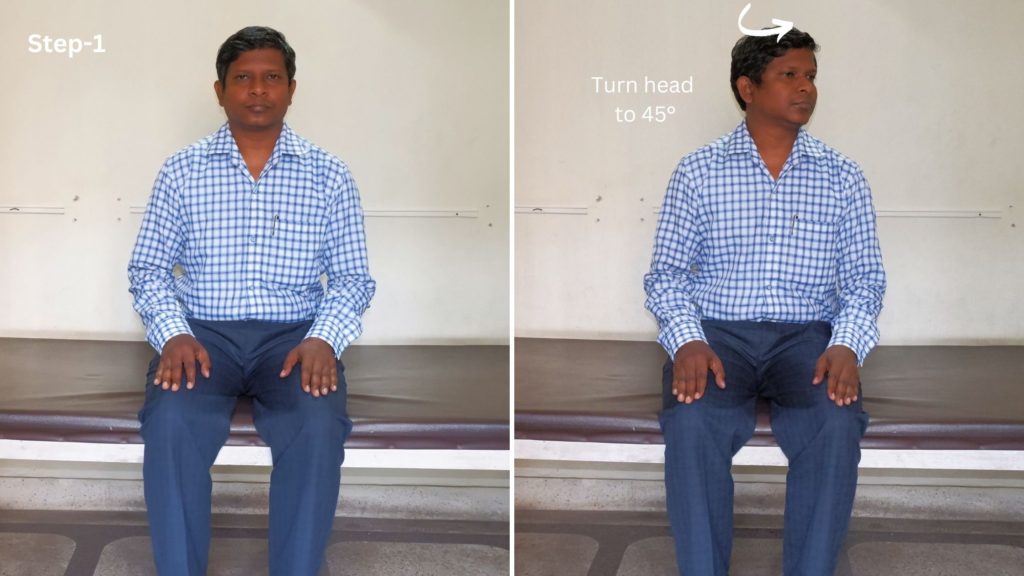
In the first step of the Semont vertigo manoeuvre:
- Start by finding a comfortable spot on the edge of a bed.
- Sit down with your legs hanging off the side.
- Next, gently turn your head at a 45° angle towards the unaffected (“healthy”) ear side. For example, if your right ear is affected, turn your head to the left side. It’s crucial to avoid turning your head completely to the left side, but instead, turn it midway to a 45° angle.
- Hold this position for 1 minute before proceeding to the next step.
Step 2: Lie down on the unaffected side
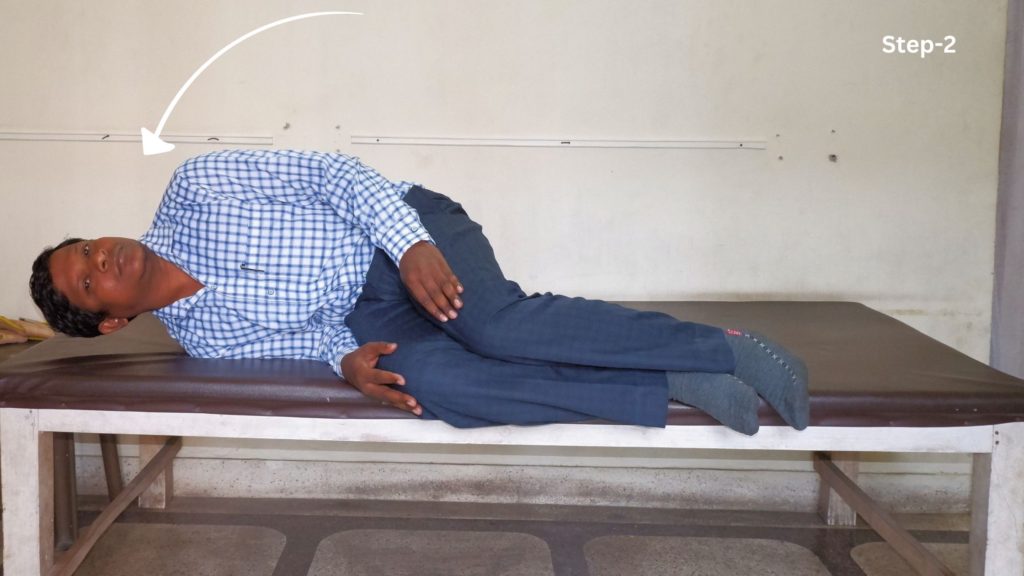
When you move on to the next step:
- Swiftly lay down on your right side, keeping your head at a 45° angle just like in the previous step.
- Make sure your nose is pointed towards the ceiling.
- Hold this position for 1 minute before proceeding to the next step.
Step 3: Quickly swing over to the affected ear side
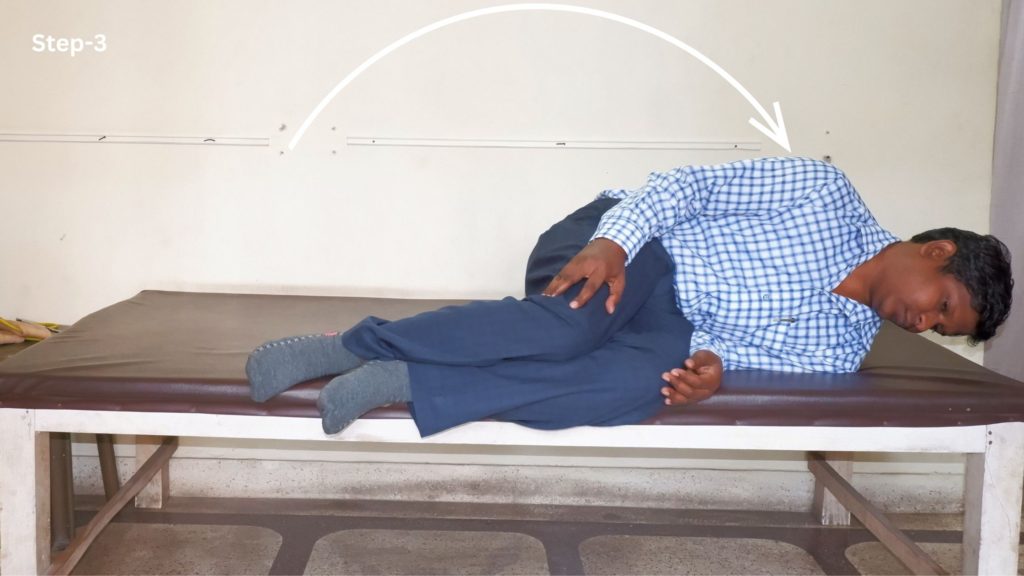
- While keeping your head tilted at a 45° angle towards the affected ear, quickly move your body to the side of the unaffected ear (for example, the left side), so that your nose is now pointing downward.
- This movement helps the particles in the semicircular canal to shift towards the canal’s exit.
- Maintain this position for at least one minute to facilitate the process.
Step 4: Come back to normal sitting
After completing the manoeuvre, the patient should gradually return to a seated position while keeping their head turned. This allows the particulate matter to settle in the utricular space, preventing the induction of rotatory vertigo.
It’s recommended to repeat this sequence three times in a row, three times per day: in the morning, noon, and night. Following this routine for three days has been found to alleviate symptoms for most patients.
Complementary Therapies and Home Exercises
A recent study has found that external electrical stimulation of the vagus nerve by electrical stimulation has improved the symptoms of vertigo and associated migraine.
“Our study provides preliminary evidence that nVNS (noninvasive vagus nerve stimulation) may provide rapid relief of vertigo and headache in acute vestibular migraine and supports further randomized, sham-controlled studies into nVNS in vestibular migraine”.
Fortunately, it’s very easy to apply, and anyone can do it at home. Learn everything about it HERE.
Several vestibular rehabilitation therapy exercises have a positive effect on the symptoms of BPPV.
These exercises aim to improve the brain’s ability to adapt to changes in the vestibular system, improve postural balance and reduce symptoms of dizziness and vertigo.
To learn more details on these exercises you can read our article “Say Goodbye To Dizziness: Easy Vestibular Rehabilitation Therapy Exercises For BPPV Vertigo Relief!“, here we just discuss a few exercises to stabilise the gaze.
1) Eye exercises for vertigo
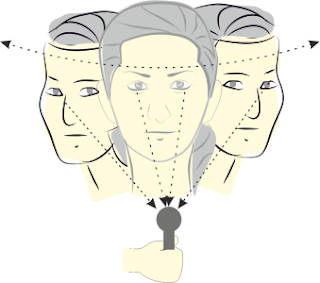
- Focus on the target at arm’s length, maintaining focus horizontally while rotating the head, keeping the target still.
- Focus on the target while maintaining focus by horizontally rotating the head and target in the opposite direction.
- Repeat the exercise with the head moving vertically.
- Keeping the head still while maintaining the gaze moves the target from side to side.
- Keeping the head still, look up then look down, first do it slowly than quickly.
- Keeping head till, look from side to side, first slowly than quickly.
2) Head exercise
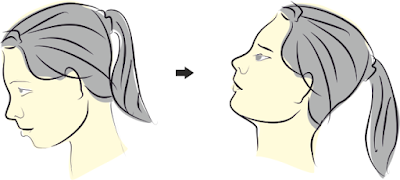
- Bend the head forward then backward with the eye open, first slowly then quickly.
- Turn your head from side to side with eyes open. First slowly then quickly.
- As dizziness improves, repeat the exercises with eyes closed.
Final word
The Semont manoeuvre has proven to be an effective treatment option for BPPV vertigo by dislodging and removing floating matter in the semicircular canal inside our internal ear.
By following proper techniques and seeking guidance from a healthcare professional, patients can experience a significant reduction in vertigo symptoms and improve their overall quality of life.
Keep reading: 7 Home Exercises for Cervicogenic Headaches That Actually Work
The author is a physiotherapist who has been practising for the last 17 years. He holds a Bachelor's in Physiotherapy (BPT) from SVNIRTAR (Swami Vivekananda National Institute of Rehabilitation and Research), one of the prestigious physiotherapy schools in India.
Whatever he learns dealing with his patient, he shares it with the world through blogs and e-books. He also owns a YouTube channel, "Sunit Physiotherapist" with over 8 lakh active subscribers. Here, he shares everything he gets to learn serving the patient.
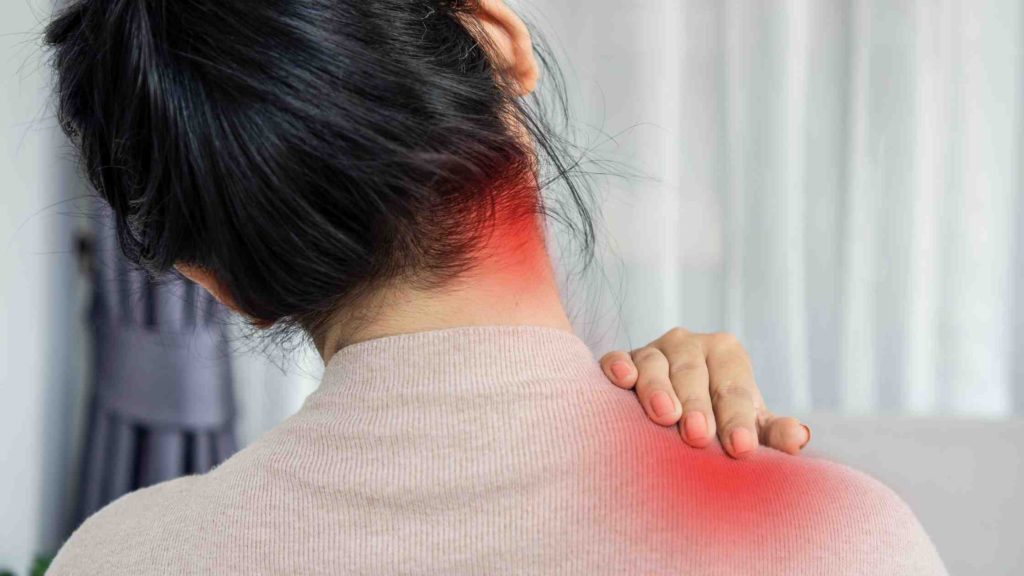
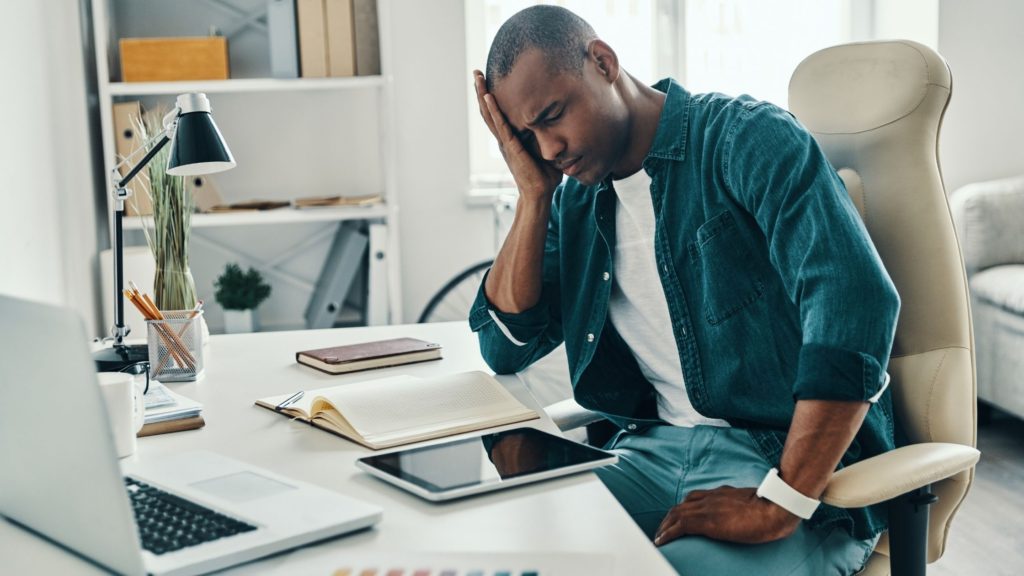



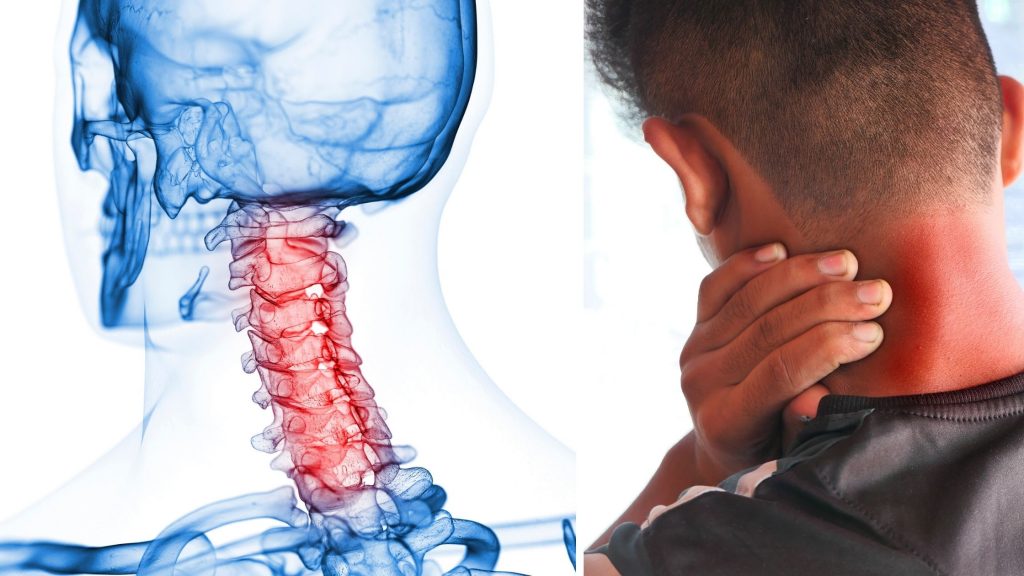
Pingback: Why do we get dizzy when we spin? Due to ears? - Physiosunit
Pingback: Where does migraine come from? - Physiosunit
Pingback: Where does a migraine headache hurt? : Physiosunit
Thank you..
good
Thnx Ravish 🙂
Very useful info 🙂